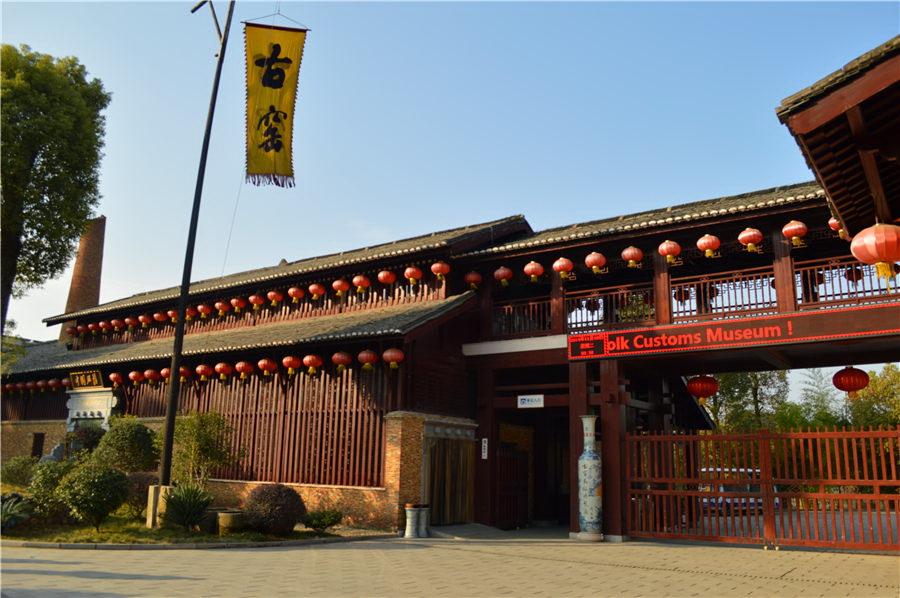
[Photo by Jiang Wanjuan/chinadaily.com.cn]
Chinese writer Guo Moruo once said "the best porcelain in the world is in China and China's best is in Jingdezhen."
Situated in the northeast part of Jiangxi province, Jingdezhen, the proud "Porcelain Capital" of China for more than 2,000 years, has become a modern city from an ancient town. The ancient ways of making porcelain have been replaced by efficient machines and it is hard to imagine that in the past, making porcelain involved as many as 72 steps.
Ceramics were produced here as far back as the Han dynasty (206-220 BC). The imperial porcelain was so exquisite that it was described "as white as jade, as bright as a mirror, as thin as paper, with a sound as clear as a bell". The porcelain industry experienced further development at Jingdezhen during the Ming and Qing dynasties, when skills were perfected and the quality refined.
Today, the ancient ways of making porcelain by hand has become a national-level intangible cultural heritage, and is well protected and demonstrated at the Jingdezhen Ancient Kilns and Folk Custom Museum.
At the museum, visitors can witness how porcelain is shaped, trimmed, glazed and painted by hand in a demonstration workshop that represent the world’s oldest porcelain production line.
Copyright ©1999-2018
Chinanews.com. All rights reserved.
Reproduction in whole or in part without permission is prohibited.